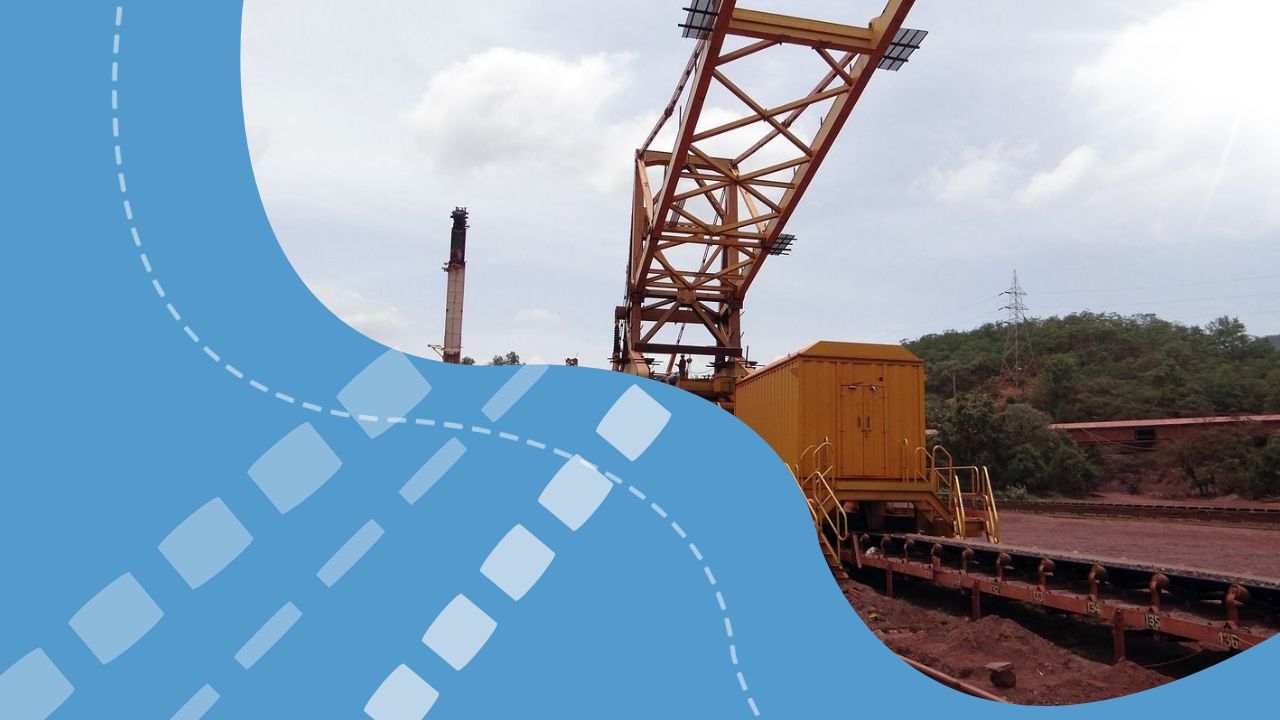Over the past 6 years, geological exploration has been conducted on 9 sites in the Kostanay region, funded from the budget. The total area of the surveyed territory exceeds 38 thousand square kilometers. In the country, there are plans to increase the volume of work in this direction by at least 1.5 times, as reported by the correspondent of “Khabar 24,” Artem Grapov.
Artem Grapov, correspondent: “Currently, in the Kostanay region, 35 types of valuable minerals are known and have been studied to varying degrees. About 400 deposits have been explored. The region is a unique iron ore and bauxite base of the republic. By the way, 4% of the world’s iron ore reserves are concentrated in the Kostanay region. Kostanay geologists conduct exploration work continuously. In addition to iron and bauxite, the region also has significant reserves of cobalt, nickel, titanium, and gold. This year, a geological hub was launched in the region. Its main area is a core storage facility – a complex where primary rock samples taken during drilling are analyzed.”
Darkhan Makatov, Head of Field Research Department: “Materials are sent to the cutting workshop. After that, they undergo sampling. Then certified samples are sent to laboratories located both in Kazakhstan, in the city of Karaganda, and abroad, in Ireland. The analysis results are then entered into the database. The obtained data are then systematized and digitized in accordance with international geological survey standards.”
Dastan Makat, Project Geologist, PhD: “We enter the field data we’ve obtained into the database. Then, using this data, we create a deposit model. After that, we develop ore body models. You could say this is the final task of our geological exploration. The materials are then handed over to miners, who, in turn, develop a mining plan for the deposit.”
Continuous geological exploration allows for the identification of promising areas for further development. Maya Ospanova, Head of the Kostanay Regional Inspection of Geology and Subsoil Use: “As a result of the work carried out, estimated resources have been calculated for 12 types of valuable minerals. The main volume is accounted for by coal, which amounts to 14 billion tons. We have also discovered 31 kilograms of gold, as well as molybdenum, lead, zinc, nickel, tungsten, titanium, copper, and other valuable minerals. In 2023, geologists continue to develop 3 objects. The work is funded by the republican treasury. Two sites are for underground waters, and one is for the search for rare earth metals. Geologists will summarize the results of this work next year.”

